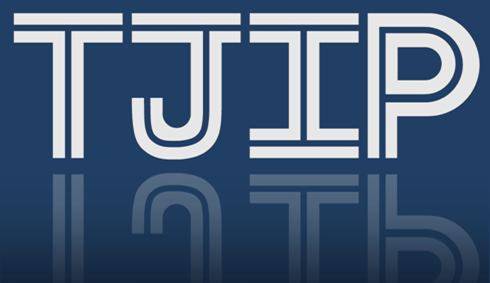August 28, 2024, China Times
[Lin Wan-Tong]
A report released by the World Intellectual Property Organization (WIPO) on the 27th shows that Tokyo-Yokohama is the largest science and technology cluster in the world, while Shenzhen-Hong Kong-Guangzhou ranks second. Beijing’s ranking has risen one place from last year to third. The San Jose-San Francisco cluster in the United States ranks sixth, making it the leading science and technology cluster in the United States.
The report indicates that the number of science and technology clusters in China continues to grow, and for the second consecutive year, it has the most science and technology clusters in the top 100. China has a total of 26 clusters this year, surpassing the United States’ 20. The scale of the clusters is evaluated based on the number of patent applications and published papers, and the clusters themselves symbolize the core areas of global technological activity.
The Global Innovation Index ranks countries and economies around the world every year, and S&T cluster is one of the important indicators for assessing innovation strength. Of the top 10 science and technology clusters in 2024, seven are in Asia, and three are in the United States, reflecting Asia’s important position in global technological innovation.
The report points out that science and technology clusters in middle-income economies show strong growth trends, with China’s Anhui Hefei and Henan Zhengzhou clusters growing the fastest. Among other middle-income economies, Cairo in Egypt has shown the most remarkable growth rate, followed closely by Chennai in India and Istanbul in Turkey. However, science and technology clusters in high-income economies generally show slower growth, with most clusters in North America and Europe seeing a decline in rankings.
China continues to lead the world in the number of science and technology clusters, with 26 clusters in the top 100, an increase of two from last year. The Shenzhen-Hong Kong-Guangzhou cluster ranks second globally, Beijing ranks third, and Shanghai-Suzhou and Nanjing rank fifth and ninth, respectively.
The United States has a total of 20 clusters in the top 100, while Germany has eight. India and South Korea each have four clusters on the list. The San Jose-San Francisco cluster is the most powerful science and technology cluster in the United States, while Munich, Bangalore, and Seoul are the leading clusters in Germany, India, and South Korea, respectively.
In terms of technology activity density, Cambridge in the United Kingdom and the San Jose-San Francisco cluster in the United States rank at the top, showing the core position of these regions in global technological innovation.
In addition, the rise of Africa is particularly noteworthy. For the first time, the 2024 Global Innovation Index focuses on the top 50 science and technology clusters in Africa, with Egypt having the most clusters, followed by South Africa and Morocco. The development of emerging clusters provides a new perspective on Africa’s innovation potential and shows the continent’s gradual rise in the global technological landscape.
1,237 total views, 2 views today
